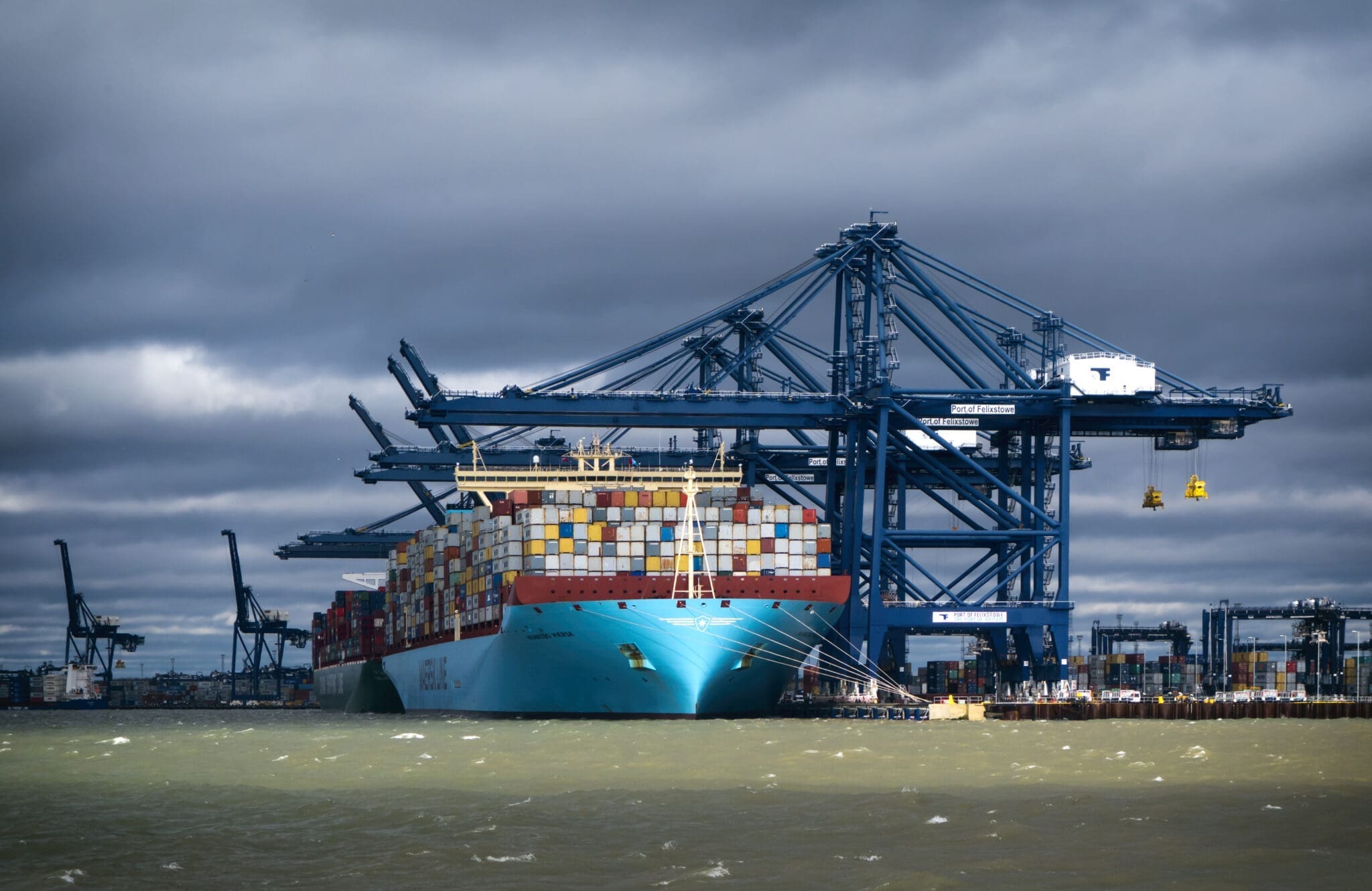Renewable energy investment for a more sustainable and carbon-neutral future
Renewable energy investment has become an essential component of the global transition toward a more sustainable and carbon-neutral future. However renewable energy projects, like wind and solar, have high upfront capital expenditure (CAPEX) and ongoing operational expenditure (OPEX). These costs can create significant challenges often making it hard for wider use and implementation. In this blog, we will explore best practices to minimize these costs while maximizing efficiency and value for renewable energy technologies worldwide.
1. Optimizing Site Selection and Resource Assessment
One of the earliest decisions in a renewable energy project is choosing the right site. This plays a critical role in determining long-term financial success. For example:
- Wind Projects: Conduct thorough wind resource assessments to identify areas with consistent wind speeds. According to the IRENA Future of Wind Report, global wind capacity factors range between 30-45%, depending on technology and site conditions.
- Solar Projects: Leverage satellite data and on-site solar irradiance measurements to pinpoint high-sunlight regions. The IRENA Renewable Energy Capacity Highlights 2022 shows that global solar PV capacity reached 942 GW by 2021.
- Mitigating Costs: Proper site selection minimizes grid connection challenges and reduces land acquisition costs.
Leveraging advanced geographic information system (GIS) tools can streamline this process and provide a data-driven foundation for renewable energy investment.
2. Leveraging Economies of Scale
As renewable energy projects scale up, the per-unit cost of equipment, installation, and operations tends to decrease. Developers can take advantage of economies of scale by:
- Aggregating smaller projects into larger portfolios to negotiate better deals with suppliers.
- Standardizing designs to reduce variability and increase manufacturing efficiency.
- Sharing infrastructure such as substations and transmission lines. According to the IEA Energy Technology Perspectives 2020, economies of scale have significantly driven down costs for solar PV and wind over the last decade.
3. Embracing Advanced Renewable Energy Technologies
Technological advancements are rapidly transforming the renewable energy landscape. Incorporating innovative renewable energy technologies can lower both CAPEX and OPEX:
- Wind Turbines: Invest in larger, more efficient turbines that capture more energy per rotation. The IRENA Innovation Outlook: Offshore Wind highlights advancements enabling higher efficiency.
- Solar Panels: Use bifacial solar panels and trackers to increase energy yields. According to the Fraunhofer Institute for Solar Energy Systems Photovoltaics Report, bifacial panels can improve energy generation by up to 11%.
- Automation and AI: Implement predictive maintenance powered by artificial intelligence (AI) to identify potential issues before they lead to costly downtime.
4. Mitigating Supply Chain Disruptions
Supply chain disruptions can significantly increase project costs. To mitigate this risk, developers should:
- Build strong relationships with diverse, reliable suppliers.
- Source locally where possible to minimize shipping costs and delays.
- Plan for long lead times for critical components like transformers and inverters. According to a McKinsey report, companies can now expect supply chain disruptions lasting a month or longer to occur every 3.7 years, emphasizing the importance of proactive risk management.
5. Accessing Financial Incentives and Government Programs
Many countries offer financial incentives for renewable energy projects, including tax credits, grants, and low-interest loans. Staying informed about these opportunities can help offset upfront costs.
- United States: The Inflation Reduction Act Overview offers significant tax credits for clean energy projects.
- United Kingdom: The Contracts for Difference (CfD) Scheme supports renewable energy developers by guaranteeing a fixed price for electricity, reducing revenue uncertainty.
- Canada: The Canada Growth Fund provides financing solutions to support the development of clean energy projects. It aims to reduce emissions while fostering economic growth.
- Carbon Credits: Develop strategies to monetize carbon credits generated from renewable projects to create an additional revenue stream. A Refinitiv Carbon Market Report 2022 states the global carbon market reached $851 billion in value.
6. Enhancing Operational Efficiency
Ongoing operational costs can often exceed initial capital investments over the lifetime of a project. Best practices for lowering OPEX include:
- Proactive Maintenance: Use drones and sensors for faster and more cost-effective inspections of wind turbines and solar panels.
- Energy Storage: Integrate battery storage systems to store excess energy and stabilize supply during peak demand. BloombergNEF projects that global energy storage capacity could grow 15-fold by 2030.
- Workforce Training: Invest in skilled personnel to ensure efficient operations and reduce the likelihood of costly errors.
7. Collaborating with Stakeholders
Building strong partnerships with local communities, governments, and investors can create alignment and reduce risks:
- Involve Indigenous communities in planning to secure social license and identify opportunities for co-investment.
- Work with municipalities to streamline permitting processes and reduce project delays. The World Bank Ease of Doing Business Report highlights how reducing regulatory hurdles can decrease project costs by up to 30%.
Resilient, scalable systems that deliver long-term value.
Reducing CAPEX and lowering OPEX in renewable energy projects is not just about cutting costs but also about creating resilient, scalable systems that deliver long-term value. By focusing on strategic site selection, leveraging advanced renewable energy technologies, mitigating supply chain disruptions, and collaborating with stakeholders, the global renewable energy sector can continue to grow and thrive.
These strategies not only make renewables more affordable but also ensure that they remain a cornerstone of the transition to a sustainable future. With the right approach, renewable energy investment can be both economically viable and environmentally impactful.
If your organization is looking for support in optimizing renewable energy projects and navigating these challenges, contact Achilles today. Our expertise in sustainable supply chain management can help you achieve your goals efficiently and effectively.


